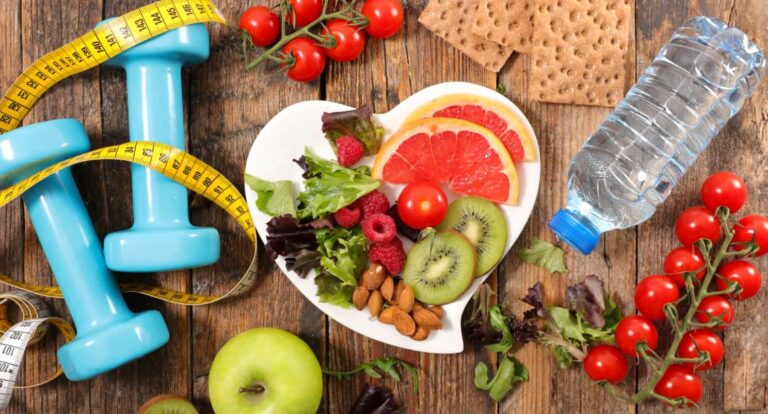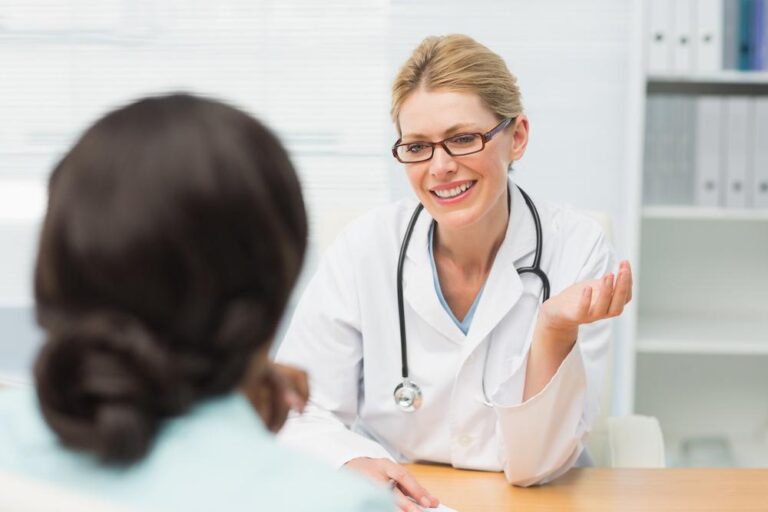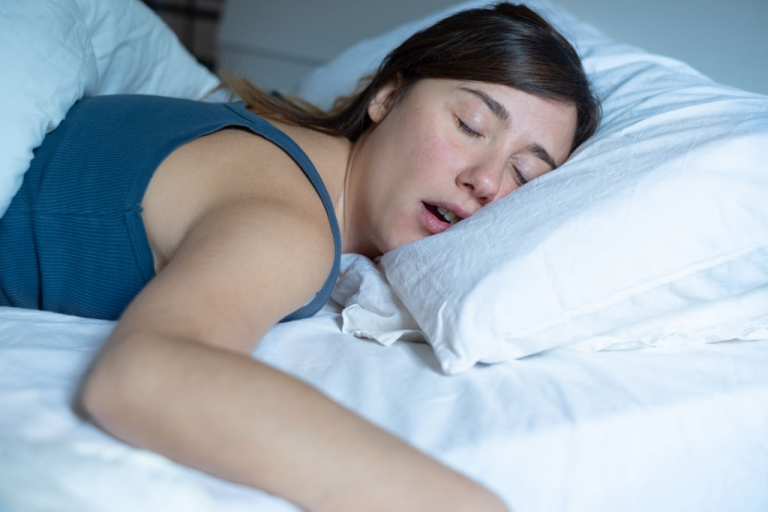How Orthopedic Implants Helps for Women Back Pain?
Several conditions, from physical problems to psychological aspects contribute to the onset of lower back pain. A common complaint among women, especially in those menopausal age, the concentration of lower back pain can range from mild to serious depending on the severity of its cause. To treat lower back pain and prevent its return, it is vital to learn its causes before initiating treatment.
Enlisted Below are Some Circumstances that May Cause Lower Back Pain in Women.
1. Tumors:
Even a benign tumor-initiating in the spinal bone, spinal cord or pelvis can trigger lower back pain. Pain caused by malignant tumours is often intolerable and requires immediate medical attention. Both primary and metastatic tumors (which reaches to the back from somewhere else) can be a reason of intense pain in the lower back. The intensity of back pain symptoms caused by tumours depends on if the tumour has affected the nervous system or not and the symptoms may vary from serious pain to urine incontinence and loss of muscle and nerve function.
2. Osteoarthritis:
Osteoarthritis causes serious pain in the spinal joints, thereby, leading to lower backache. Women, who do strenuous physical activities, usually complain of stinging pain in the hip and back. This may either be caused because of osteoarthritis or deficiency of calcium in the body. Bringing your schedule of day to a standstill, osteoarthritis of the back causes you to limp or makes it tough for you to walk without taking rest.
3. Pregnancy:
Pregnancy exerts extreme stress on the lumbar spine, therefore causing back pain. It also affects the functioning and production of the female sex hormone estrogen and relaxin, the ligament-loosening hormone, thus, contributing to back pain. A naturally occurring labor pain further stresses the spinal muscles and ligaments, increasing pain in the lower back. Pregnant women are usually recommended pelvis-tilt stretches and exercises to avoid back pain during and after pregnancy.
Other Reasons for Lower Back Pain in Women
- Spinal conditions such as herniated disc, Ankylosing spondylitis, spinal bone encroachment, spinal deformities (such as kyphosis or scoliosis), and spinal stenosis.
- Bacterial infection to the spine.
- Compression fractures: In postmenopausal women with osteoporosis, compression fracture of the spine is a common situation. Even mild force on the spine can be a reason for compression fracture.
- Spinal infection: Spinal bleeding or Infection in the spine.
- Paget Disease may cause localized pain in the lower back.
- Menopause: Hormonal influx caused at the time of menopause may trigger mild pain in the lower pain and contribute to the advancement of osteoporosis.
- Wrong Posture Obesity: Being obese or overweight burdens the lower back with additional bodyweight, therefore causing back pain.
- Research has shown that stress, depression, and anxiety along with poor coping skills raises a person’s risk of chronic back pain as she leads an unhealthy routine because of her mental condition and fails to follow techniques of pain management effectively.
Prevention
You can help in the prevention of some forms of back pain in strengthening your back with exercises and avoiding actions that cause back injury. Measures that may help in the prevention of back pain are:
- Maintaining good posture.
- Sleeping on your side or on your back with a pillow under your knees if you can.
- Exercising daily but stretch before and after.
- Practicing abdominal crunches to support your lower back. Also, swim or walk daily to strengthen your lower back.
- Always lifting things from a squatting position by using your legs and hips to do heavy work. Avoid lifting, bending and twisting at the same time.
- Avoiding standing or sitting for lengthy-time period
- Wearing soft-soled shoes with heels that are less than one and one-half inches high.
To help prevent osteoporosis, ensure you get enough vitamin D and calcium daily to meet the dietary necessities for your age group. Follow a daily routine program of weight-bearing exercise. Limit the amount of alcohol you drink and avoid smoking. If you are a woman who has entered menopause, speak with your doctor about testing for medicines and osteoporosis that can help to prevent or reverse it.
Treatment
Most episodes of back pain aren’t serious and may be treated with:
- Limited bed rest (not more than 2 days)
- Acetaminophen (Tylenol & others) for oral anti-inflammatory drugs or pain, such as aspirin, ibuprofen (Motrin, Advil and others) or naproxen (Naprosyn, Aleve), for inflammation and pain
- Prescription pain relievers or muscle relaxants, if required, for a short period
- Cold or hot compresses
People with back pain are encouraged to return to their regular activities slowly and to temporarily avoid prolonged sitting, heavy lifting, or sudden twisting or bending.
If you are recovering from backache, your doctor may ask you to call or return to his or her office for a follow-up visit in around 2 weeks to confirm that your symptoms are gone and that you can safely resume all your routine activities.
If your back pain is related to more severe disorders of the spinal nerves or vertebrae or if it has not improved over a few weeks, you may be referred to a specialist, such as a pain specialist, and orthopedic surgeons (a doctor who specializes in bone diseases), a neurologist (a doctor who specializes in nerve or brain disease) or a rheumatologist (a specialist of arthritis). The orthopedic surgeon may use orthopedic implants and instruments to treat you that is provided by the orthopedic implant manufacturer.
Some more Causes with their Treatment
1. Ligament or Muscle Strain is one of the most general reasons for backache in women. It affects all ages and is caused by strenuous lifting. Other causes may be activities related to sports.
Treatment- Limited activity, Physical therapy, and the ice/heat application.
2. Arthritis affects the spinal joints and is common in women over age of 50.
Treatment – Physical therapy, medication, and aqua therapy. It is also important to keep a healthy diet.
3. An osteoporosis compression fracture can occur when bone thinning has an effect on the vertebrae. This is common for women age 60 and above.
Treatment- A back brace and/or physical therapy. Surgery is suggested for more severe cases in which surgeons use surgical instruments.
4. Spinal Stenosis is a narrowing of the spinal canal that causes serious backache. It is common in women above 60 years.
Treatment- Pain medications, physical therapy, and injections. If the spinal stenosis is serious, surgery is suggested; however, 90% of people with spinal stenosis don’t need surgery.
5. Herniated Disc is a disc in the spine that protrudes into nerves in the spinal canal causing pain to radiate into legs.
Treatment– Maintaining a healthy lifestyle and physical therapy. Only 10% of people with a herniated disc need surgery.







